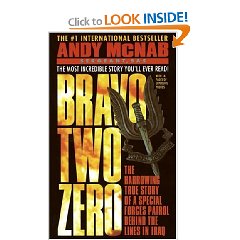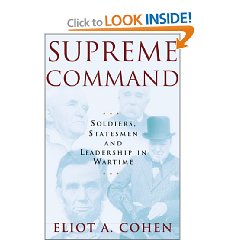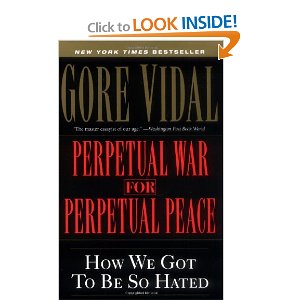On the practical side, the insights into Pentagon (and specifically Air Force) careerism and corruption, as well as contractor corruption and cheating of the government, are detailed and disturbing. There have been other books on this topic, but in the context of Boyd's heroic endeavors as an individual, this book can be regarded as an excellent case study of the pathology of bureaucracy–the Air Force regarding the Navy, for example, as a greater threat to its survival than the Russians. Especially troubling–but clearly truthful and vital to an understanding of why the taxpayer is being cheated by the government bureaucracy, were all the details on the mediocrity and mendacity of Wright-Patterson laboratories and organizations nominally responsible for designing the best possible aircraft. The same thing happens in other bureaucracies (e.g. the Navy architects refusing to endorse the landing craft ideas of Andrew Higgins, who ultimately helped win World War II), but in this instance, the author excels at documenting the horrible–really really horrible–manner in which the Pentagon's obsession with building monstrous systems that increase budgets has in fact resulted in fewer less capable aircraft. The book is a case study in corrupt and ill-considered (mindless) gold-plating and mission betrayal.
As a tiny but extremely interesting sidenote, the book provides helpful insights into the failure of the $2.5 billion “McNamara Line,” a whiz-kid lay-down of sensors in Viet-Nam that Boyd finally ended up terminating.
On a personal level, the author treats Boyd's family life, and his neglect of his family, in objective but considerate terms; the author is also quite effective in identifying and addressing those instances in Boyd's professional life when his fighter-pilot embellishments might be construed by lesser mortals to be falsehoods. There are three sets of heroes in this book, apart from the subject: the ranking officers, including a number of generals, who protected Boyd against the corrupt careerists–there *are* good officers at the top; the enlisted and officer personnel that carried on in the face of poor leadership, mediocre aircraft, and daunting external challenges; and finally, the “Acolytes,” the six specific individuals (Tom Christie, Pierre Sprey, Ray Leopold, Chuck Spinney, Jim Burton, and Mike Wyly), each of whom endured what they call “the pain” to nurture John Boyd and his ideas. I found the author's dissection and articulation of the personal relationships and sacrifices to be quite good and a most important part of the larger story.
Finally, a few tributes en passant. The author does a great job of showing how Boyd ultimately was adopted by the U.S. Marine Corps rather than the U.S. Air Force, and how his ideas have spawned the 4th Generation and Asymmetric Warfare theories, for which the Pentagon does not yet have an adequate appreciation. The mentions in passing of two of my own personal heroes, Mr. Bill Lind and Col G. I. Wilson of the U.S. Marine Corps, and the due regard to the roles played by Dr. Grant Hammond of the Air War College and Mr. James Fallows of the Atlantic Monthly, add grace and completion to the story.
This book is moving–if you care about America, the military, and keeping our children safe into the future, it *will* move you to tears of both laughter and pain.











